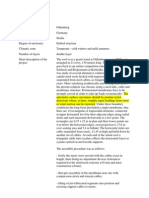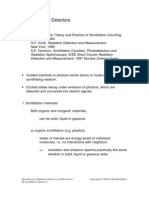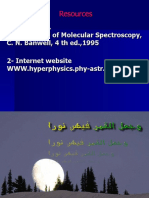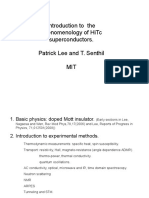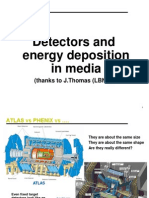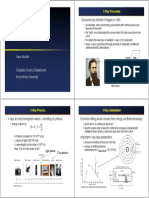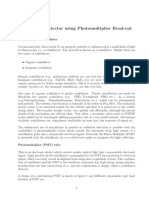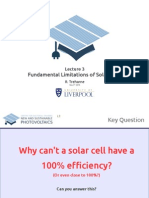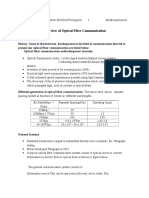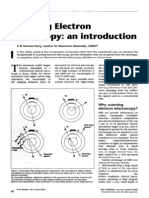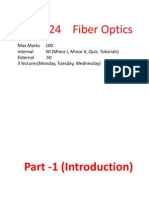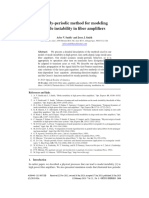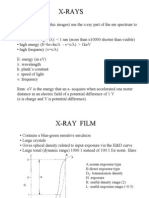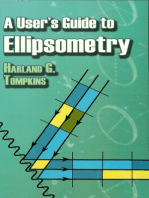At a glance
Powered by AI
The key takeaways are that statistical mechanics uses probability theory to describe the behavior of systems with many particles by determining the most probable distribution of energy among the particles. Three main statistical distributions - Maxwell-Boltzmann, Bose-Einstein, and Fermi-Dirac distributions - are discussed.
Statistical mechanics
Introduction to MB, BE, FD distributions
Application of probability theory (large populations) hermodynamics as a natural result of statistics and mechanics (classical and !uantum) at the microscopic le"el#hat is most li$ely to happen (no actual motions or interactions )%"erall beha"ior of system
⇔
properties of particles&annot re"eal the history but can say for
Statistical distributions
o determine the most probable ay in hich a gi"en amount of energy
E
is distributed among
N
members of the system of particles in thermal e!uilibrium at absolute temperature
T
(no. of different ways in which particles can be arranged)
P W
µ
Eg. Rolling two dices: Total 36 possibilitiesTo get 12: (6,6) (12)136
P
⇒ =
( ) ( ) ( )
To get !: (1,"),2,3,3,2,",1 (!)"36
P
⇒ =
eneral formula for
W
Most probable distribution is the one ha"ing ma*imum
W
#$%ber of particles of energy ()()()
n g f
ε ε ε ε
=
()& n$%ber of states of energy & statistical weigth corresponding to energy
g
ε ε ε
() & distrib$tion f$nction & a'erage n$%ber of particles in each state of energy & probability of occ$pancy of each state of energy
f
ε ε ε
Three types of distrib$tion f$nctions eistaccording to their properties of the particles
Distribution function
Maxwell-BoltzmannBose-EinsteinFermi-Dirac
Applies to systems of Identical, distinguishable particlesIdentical, indistinguishable particles that do not obey +auli principleIdentical, indistinguishable particles that obey +auli principle
1ep()
A kT
ε
1ep()1)*
F
kT
ε ε
− −
1ep()*1)
F
kT
ε ε
− +
()
f
ε
&ategory of particles
&lassicalBosonsFermions+roperties of particlesAny spin, particles are far enough apart so a"e functions do not o"erlapIntegral spin a"e functions are symmetric to interchange of particles-alf.integral spin a"e functions are antisymmetric to interchange of particlesE*amples
Molecules of a gas+hotos in a ca"ity, phonons in a solid, li!uid -e at lo Free electrons in a metal, nucleons in nucleus+roperties of distribution/o limit to number of particles per state/o limit to number of particles per state more particles per state than
f
MB
at lo energies /e"er more than 0 particle per state feer particles per state than
f
MB
at lo energies approaches
f
MB
at





